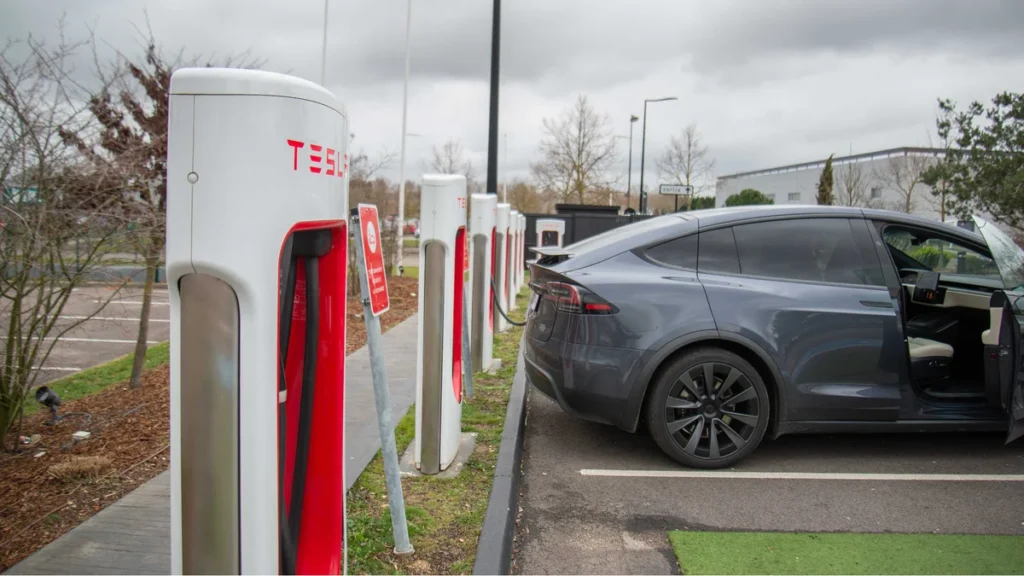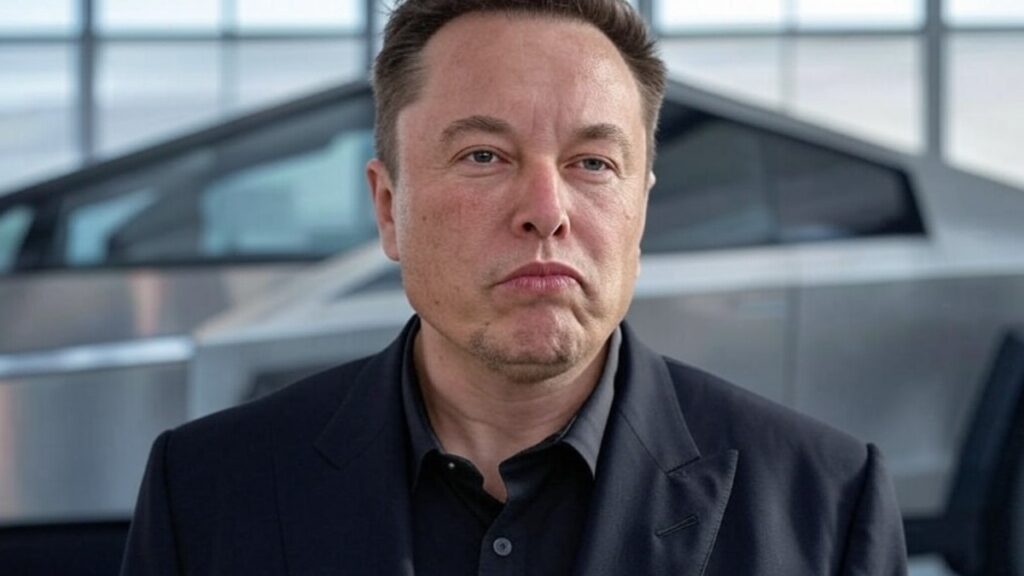A recent study has unveiled a fascinating trend in the automotive sector: gas-powered vehicles are being retained longer than electric vehicles (EVs) in the Australian market, despite the latter often carrying a heftier price tag. So, what underpins this phenomenon? The answer is both logical and revealing.
Electric Cars Are Being Phased Out Three Times More Often Than Petrol Cars
In a thorough investigation, S&P Global—a prominent research firm—has traced the patterns of vehicle ownership and revealed some striking insights. In Australia, the duration car owners keep their vehicles has expanded notably, particularly for petrol-powered cars. On average, Australians are holding onto their cars for around 12.5 years, with personal vehicles (excluding light-duty trucks) lasting even longer at an impressive 13.6 years. This shift signifies a major change in consumer attitudes, as cars now remain in service considerably longer than in past decades.
Moreover, the total number of vehicles on Australian roads has surged past 19 million, and the increase in the average age of these vehicles is the highest since the financial crisis of 2008-2009. This trend indicates that the move towards longer car lifespans is not merely a fleeting occurrence, but rather a substantial alteration in how Australians perceive and manage car ownership.
Conversely, electric vehicles are being replaced at a much quicker rate. The same study reveals that EVs are switched out in just 3.6 years—three times faster than their petrol counterparts. Why is this the case, especially given that electric vehicles often come with a higher price tag?
Why Petrol Cars Are Here to Stay Longer
So, why are Australians opting to keep their petrol vehicles longer, even as new electric models flood the market? One key reason is the reliability and convenience that petrol vehicles continue to offer for long-distance travel, particularly concerning range and refuelling ease. Although electric vehicles are making significant strides in range and charging infrastructure, many owners still favour the reassurance of a traditional petrol vehicle, especially for lengthy road trips or when venturing into regions with fewer charging stations.
An additional factor to consider is the steep rise in vehicle prices—both petrol and electric—which has led car buyers to hang onto their vehicles for longer. For electric vehicles, the substantial initial cost and upfront investment play a significant role in driving the shorter replacement cycles. Wealthier consumers, who are more inclined to purchase electric cars, are in a better position to routinely upgrade to newer models.
The EV Revolution: A Dynamic Landscape
While electric vehicles are indeed being replaced more frequently, it’s crucial to acknowledge that the EV landscape is changing at a rapid pace. Continuous innovations from brands like Tesla and BYD are consistently pushing the envelope of technology, enticing current EV owners to consider upgrades every few years. This relentless evolution makes the market particularly appealing to electric vehicle enthusiasts. Once drivers experience the perks of electric motoring, it seems almost inevitable they’ll continue with an electric option for their next vehicle.
As the prices for electric vehicles become more competitive and the charging infrastructure advances, it’s likely that the trend of shorter ownership cycles may begin to shift as well. For the time being, however, the trajectory of the automotive industry points toward a lengthy future for petrol cars, accompanied by a stream of rapidly evolving electric vehicles.
Whether you’re drawn to the steadfast nature of petrol vehicles or excited by the wave of electromobility, one thing remains clear: both petrol and electric cars are charting their own distinct courses, suggesting a vibrant future for the automotive industry, rather than a stagnant one.







